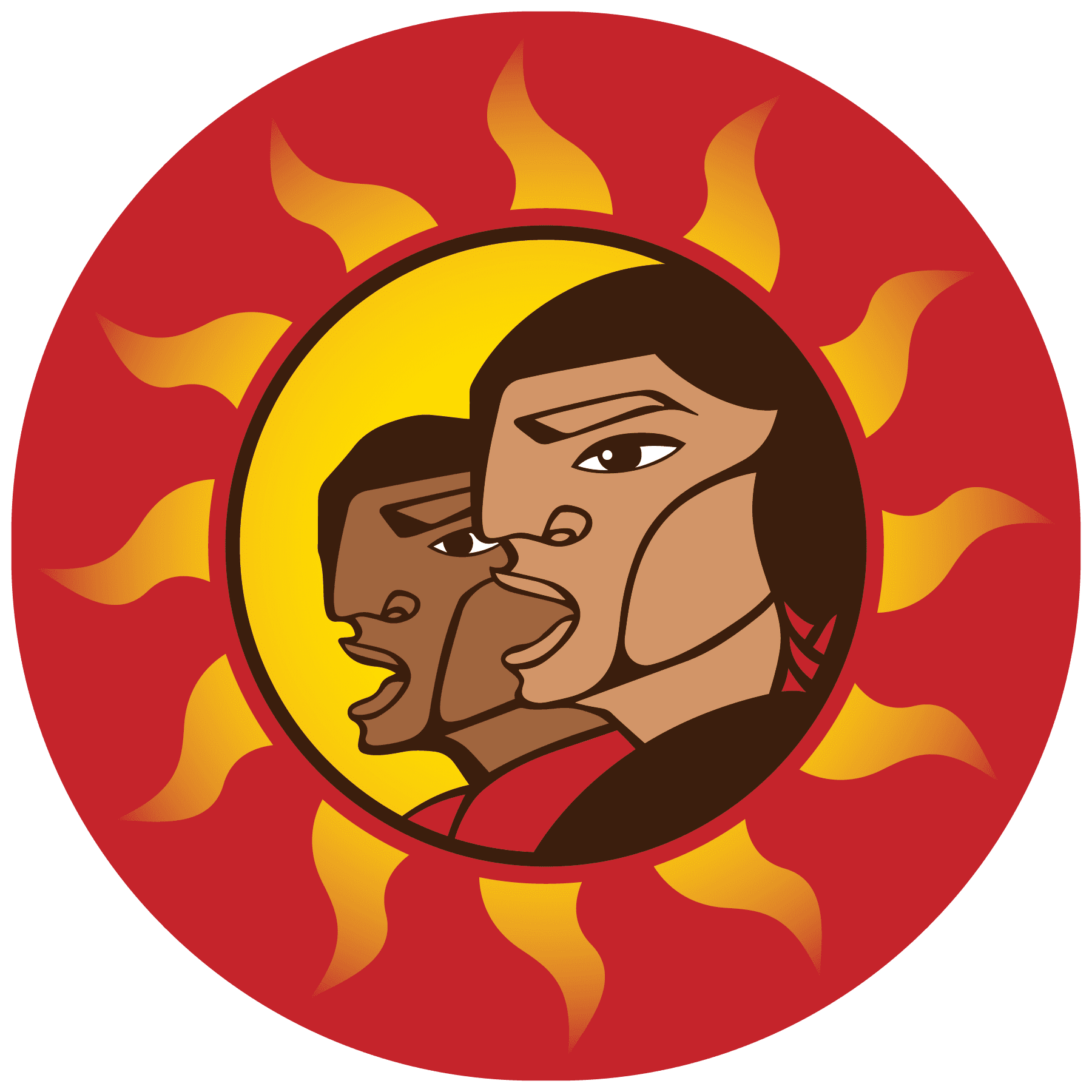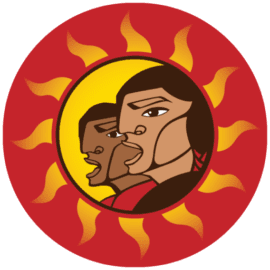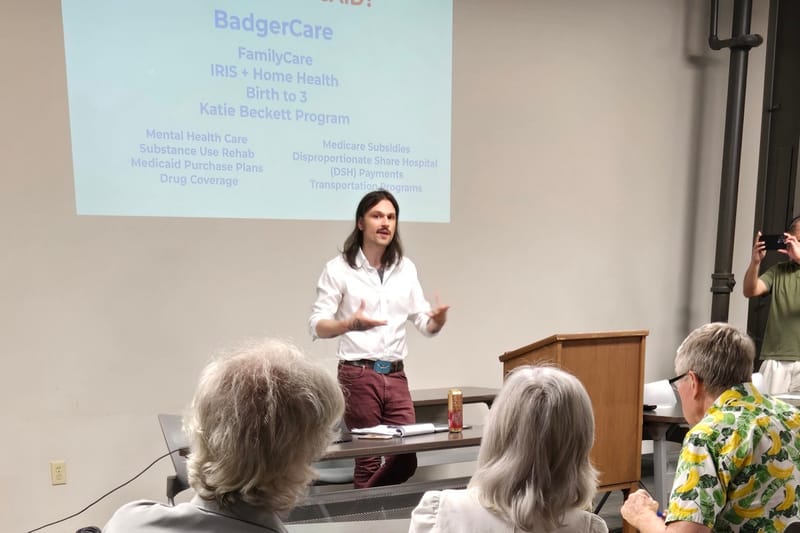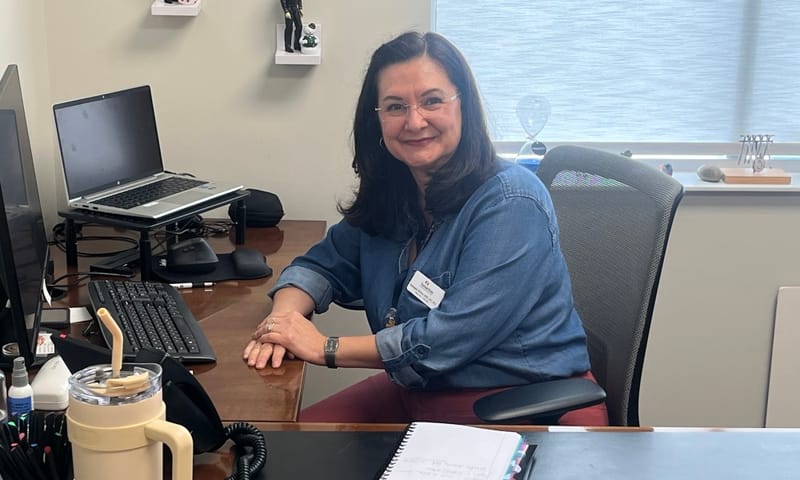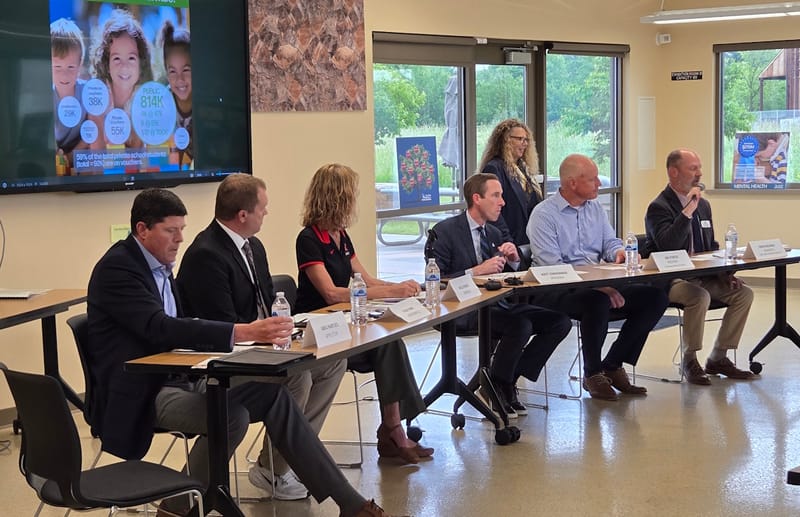Voces de la Frontera: Immigrants must cross many borders to arrive in America
Children of immigrants grow up between the culture of their country and the culture of their parents, and that experience underlines the cultural border between them and the rest of the society.

Voces de la Frontera (Voices of the Border) is the most important Latine political organization in Wisconsin. Its web site describes its numerous programs and activities well. But why is an organization in Milwaukee more than a thousand miles from our country’s southern border called “Voices of the Border?”
We can say that the organization is called that because the word “border” refers to more than the national border of our country. There are several kinds of borders, and a person may live on the borders of our society even if they in the center of the country.
One of those borders is the cultural border. Latine immigrants bring with them a culture that is different from that of the United States, and they do not cross the cultural border immediately when they arrive here. They remain the people that they have always been. They become accustomed little by little to our culture, but even if they become American citizens, they always feel different from people who were born here.
Children of immigrants grow up between the culture of their country and the culture of their parents, and that experience underlines the cultural border between them and the rest of the society. For example, a Latina reaches the age of 15 and becomes a quinceañera. The quinceañera ceremony underlines her Latina identity and the sorrowful distance between her and the American girls who are not Latinas. Thus, the immigrants and their children live on a cultural border.
There is also a linguistic border. Latine immigrants bring with them a native language that is not English. They may learn to speak English perfectly, but they will never speak it as naturally as they would if it were their mother tongue. They will always be aware that they are speaking a foreign language, and they live on a linguistic border.
The children of immigrants grow up bilingual. They have two native languages: the language of their parents and the language of their country. They always live on the border between them. When they speak the language of their parents,they feel solidarity with all of those who share their ethnic identity, but they also feel a sorrowful distance between themselves and the rest of American society. On the other hand, when they speak English, the feel themselves to be real Americans, but they also feel a sorrowful barrier between themselves and their parents. They never escape from the linguistic border.
The racial border is yet another border. There is a lot of racism in our country and in the countries from which the immigrants come. Latine immigrants feel themselves to be different from the people whom they themselves call “Americans” or “Whites.” Moreover, many Americans see the racial difference and hesitate to accept the immigrants as “real Americans.” Thus, the immigrants live on a racial border. They both are and are not “Americans.”
The song The Golden Cage expresses very well the sadness of the racial border. In the song, a Mexican father in the United States says,
My children do not talk to me.
They have learned another language
And forgotten Spanish.
They think like Americans
And deny that they are Mexican
Although they share my skin color.
Immigrants and their children live on all of these borders of our society. So, we should not be surprised that an organization in Milwaukee calls itself “Voices of the Border.”
